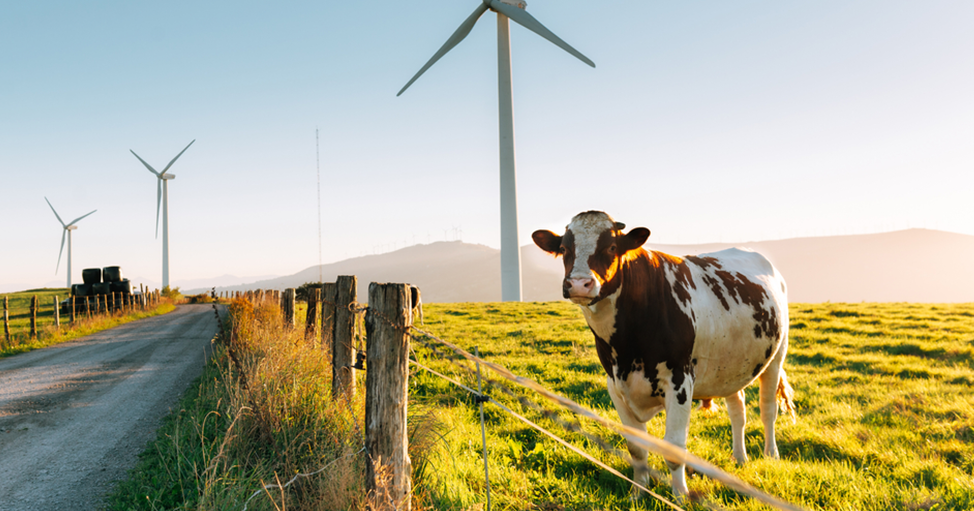Emissions targets for farmers are no longer a guessing game. The Albanese Federal Government announced in June Australia is to cut 43% emissions by 2030 with 2005 as the baseline. The big target is to reach net-zero emissions by 2050, which the National Farmers’ Federation supports.
The Climate Change Bill passed the Senate on 13 September and became law. While it won’t introduce carbon pricing, emissions trading or carbon taxation, it has a significant impact on farmers.
Agriculture’s role in reducing emissions
Direct livestock emissions make up 70% of the agricultural industry’s greenhouse gases, and 11% of the country’s total emissions. Coming in the form of methane and nitrous oxide, the main culprits are ruminant livestock. These include cattle, sheep, buffalo, goats, deer and camels.
The latest report of the Intergovernmental Panel on Climate Change says the agricultural sector offers significant opportunities for mitigating emissions. It says these measures offer substantial co-benefits and help address many land management challenges. Many strategies are economical to implement and offer results in the short term. They include:
- Cropland and grassland soil carbon management
- Use of biochar
- Improved rice cultivation
- Livestock and nutrient management.
Professional services firm McKinsey lists proven greenhouse-gas efficient farming technologies and practices. These strategies, which could cut the sector’s emissions by 20% by 2050, include:
- Zero emissions for farm equipment and machinery
- Variable rate fertilisation
- Dry direct seeding
- Low or no tillage.
See the report here for more insights.
Strategies to cut emissions
The aim is to balance emission reduction with approaches that maintain or lift your farm’s productivity. The West Australian Department of Primary Industries and Regional Development and the Grattan Institute offer tips for farmers to cut livestock emissions:
- Husbandry – animal breed selection could reduce methane emissions by up to 20%,
- Management systems – trials are underway into the efficacy of seaweed, oils, fats, probiotics, nitrates, enzymes, and native Australian vegetation to curb methane.
- Improved pasture that’s low in fibre and higher in soluble carbohydrates to minimise methane production
- Stocking rates – extending lactation in dairy cows from a year to 18 months can cut emissions by about 10%, and reducing unproductive animal numbers may cut emissions
- Methane capture from manure to capture and burn the gas, rather than the common practice of storing it in ponds where it releases methane.
As well, spatial technologies and improved weather and climate forecasting tools are helping farmers make better decisions about stocking rates. For example, Meat & Livestock Australia has partnered with Cibo Labs to offer its members ground verified satellite imagery. This shows what feed is available and where, and for how long. In other words, real-time pasture monitoring.
Farmers and others in the agricultural industry can also tap into a range of Federal Government financial incentives. They include a Technology Investment Roadmap, Agricultural Biodiversity Stewardship Package and Emissions Reduction Fund.

